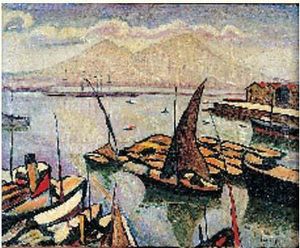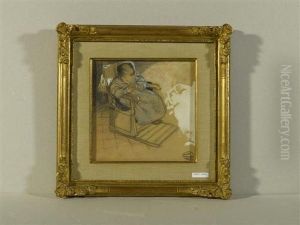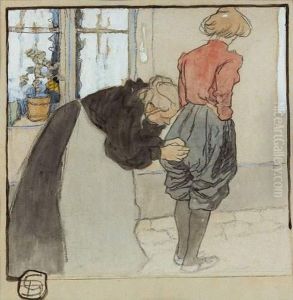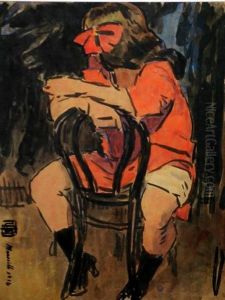Geo, Georges Dupuis Paintings
Geo, born Georges Dupuis, was a French artist whose work spanned the late 19th and early 20th centuries, a period renowned for its rich evolution in the arts and the emergence of new movements. Born in 1870, Dupuis lived through a transformative era in French art, witnessing the rise of Impressionism, Post-Impressionism, and the early stages of Modernism. His life and career offer a fascinating glimpse into a time of great artistic innovation and experimentation.
Dupuis' artistic journey began in the academic environment, where he was trained in the traditional techniques and principles of painting. However, like many of his contemporaries, he was drawn to the avant-garde movements that were challenging the conventions of the time. His work, while not as widely recognized as that of some of his peers, encapsulates the spirit of exploration and the blend of influences that characterized the turn of the century.
Throughout his career, Dupuis experimented with styles and subjects, though he is perhaps best known for his landscapes and scenes of everyday life. These pieces often reflect the influence of Impressionism, with their attention to the effects of light and color, yet they also exhibit a distinct sense of composition and detail that hint at his academic roots. Despite his alignment with contemporary movements, Dupuis remained somewhat peripheral to the core groups of artists who defined the era's most revolutionary directions.
Geo Dupuis' work did not achieve the same level of fame or recognition as that of his more illustrious contemporaries, such as Claude Monet or Paul Cézanne, but his contributions to the French art scene of his time remain valuable. His paintings capture the transient beauty of the French landscape and the subtle complexities of its people, contributing to the broader narrative of French art history.
Dupuis continued to paint and exhibit his work into the early 20th century, adapting and evolving his style in response to the shifting trends of the art world. He passed away in 1954, leaving behind a body of work that, while perhaps not as celebrated as that of some of his peers, offers a unique perspective on a pivotal moment in art history. Today, his paintings can be found in various collections and museums, where they continue to be appreciated for their contribution to the rich tapestry of French art.



